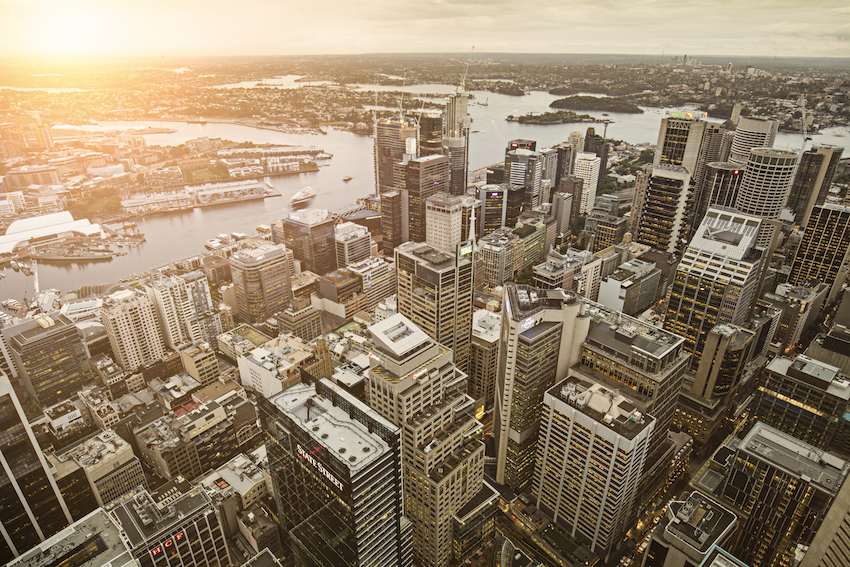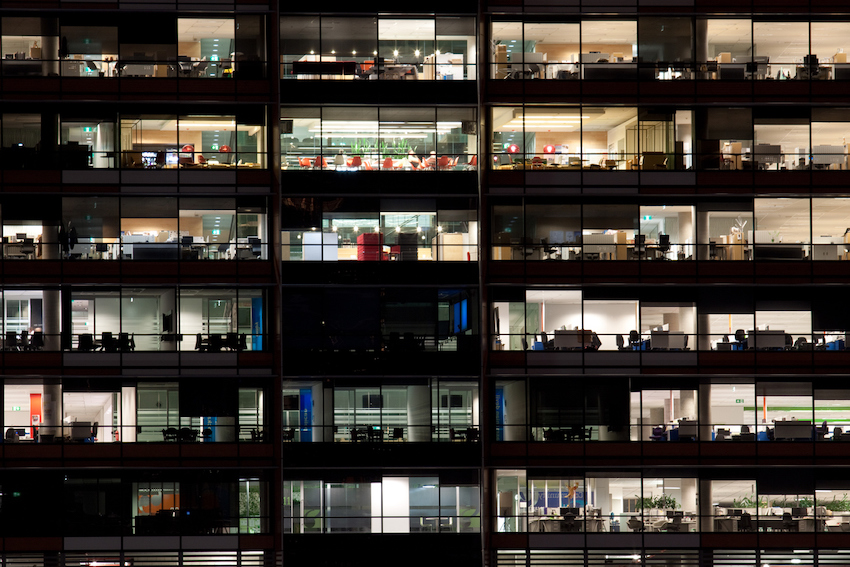The long-awaited march back to Australia’s corporate towers over coming weeks has been stopped in its tracks by the latest wave of coronavirus.
But, paradoxically, the surge in Covid cases fuelled by the highly transmissible Omicron variant is predicted to further accelerate demand for new office buildings.
Far from putting a halt to office development, new research indicates changing workplace trends and shifting tenant demands will underpin a solid pipeline of new development and office space regeneration.
That’s the good news.
Now, the bad news—there is another lingering crisis still playing out and threatening to spoil the recovery party for Australia’s office development sector.
Overshadowing the emergence of Omicron is the ongoing and crippling escalation in construction costs due to supply constraints.
“There’s just pure uncertainty out there at the moment,” says Todd Pepper, executive director at Brisbane-based office developer Alceon Queensland.
“Fundamentally, the economy is very strong. The increase in productivity domestically and demand for domestic services is certainly leading to stronger demand in that commercial space.
“We’ve got a constant level of demand. You can see it in all the absorption numbers despite the fact that most offices are significantly still partly vacant and not back to 100 per cent occupancy.”
But he says while the onset of the Omicron strain of Covid has created another dark cloud of uncertainty and will prompt the pushing of the sector’s pause button, it is not the most pressing challenge facing its future growth.

“The big thing that is going to stop a lot of new office projects is that construction costs are through the roof … and it’s only just translating into pricing now,” Pepper told The Urban Developer.
Anecdotally, he has heard on the industry grapevine that costs of some local office projects have gone vertical by as much as 60 per cent in the space of just a few months since November last year.
“The new pricing that is hitting the table now is going to create a need for a 15 per cent and 20 per cent increase in rents in new projects—assuming land values don’t go backwards—to cover the increase in construction costs,” Pepper says.
“That’s really going to slow the market down … and existing product is going to have a competitive advantage against new product because of that cost paradigm.”
But according to the latest research from Investa—one of Australia’s largest office landlords—the major capital city markets are “primed to rebound” with economic growth, rising white-collar employment and an underlying tenant preference for new office space expected to offset the prevailing headwinds from Covid and soaring construction costs.
Of the 245,000sq m of new CBD office space delivered last year, 76 per cent was pre-committed on completion, reflecting the pent-up demand in the prime office market and flight to quality.
“More recently, supply constraints have driven upward pressure on the price of construction materials,” Investa’s recently-released 2022 office market outlook says.
“However, a positive outlook for Australian CBD prime office market fundamentals is expected to support further steady growth in new office completions.”
Workplace flexibility being embraced on a more permanent basis as the world adjusts to a “Covid-normal life”, it says, has led to increased demand for higher quality office space as tenant focus has shifted to employee wellbeing, sustainability, technology and connectivity.
The latest data shows that prime market net absorption increased by 197,000sq m in the six months to December last year while secondary office market net absorption fell by about 64,000sq m.

Significantly, the report indicates that flexible work practices and evolving new workplace changes are expected to create only “a modest 5 to 10 per cent drag on office absorption”.
It also predicts the flight to quality leasing trend will drive increased activity for lower grade office assets to be refurbished and repositioned to meet the shift in tenant requirements.
Investa’s head of research and strategy, David Cannington, says it is “a bit too early to read too much into the longer-term impact of Omicron” but he is still forecasting “a steady outlook for new office development in coming years”.
“I don’t think it’s going to change the fundamental demand for office space and assets,” he told The Urban Developer.
“Most likely there will be some caution in the first few months of this year.
“But what we saw towards the end of last year as some of the restrictions and concerns about Covid were easing before the onset of Omicron … leasing activity did come back quite strongly and we had some good momentum across the prime office markets in the major capital cities.
“With the number of cases that we’re seeing with omicron, that’s going to keep people at home and dent confidence and that will create some headwind to that momentum.
“As we move through the year, however, we know there’s strong underlying demand for businesses to return to the office and particularly to upgrade into higher quality space.
“Consequently, we expect the supply of new office completions will continue at a steady rate across Australia’s major CBD office markets through the approaching development cycle.”

Colliers national office leasing director Adam Barrett says with many businesses only just starting to trickle back to work after the holidays, any flow-on effect from the Omicron outbreak to the market is unlikely to unfold for several weeks.
He says some large corporate office leasing deals struck last year with expansion and contraction rights that can still be exercised will likely be a barometer.
“It’ll be interesting to see what their view is after all this,” Barrett says.
“Traditionally, however, the whole country doesn’t really get back to business properly until after Australia Day.
“That’s when all the decisions are made and when we should have more of an understanding whether it has got a flow-on effect.
“But, hopefully, by then we’ll be seeing some degree of normality kicking back in.”
Meanwhile, Barrett—who himself is still on annual leave when he kindly answers the call from The Urban Developer—has not only been trying his best to keep clear of Covid but also the sizable claws of a Queensland crustacean and is in no hurry to return to the office.
“Sorry, I’m just in the middle of cleaning a mud crab. It’s a massive one, I’ll send you a photo of it right now.”
You are currently experiencing The Urban Developer Plus (TUD+), our premium membership for property professionals. Click here to learn more.
